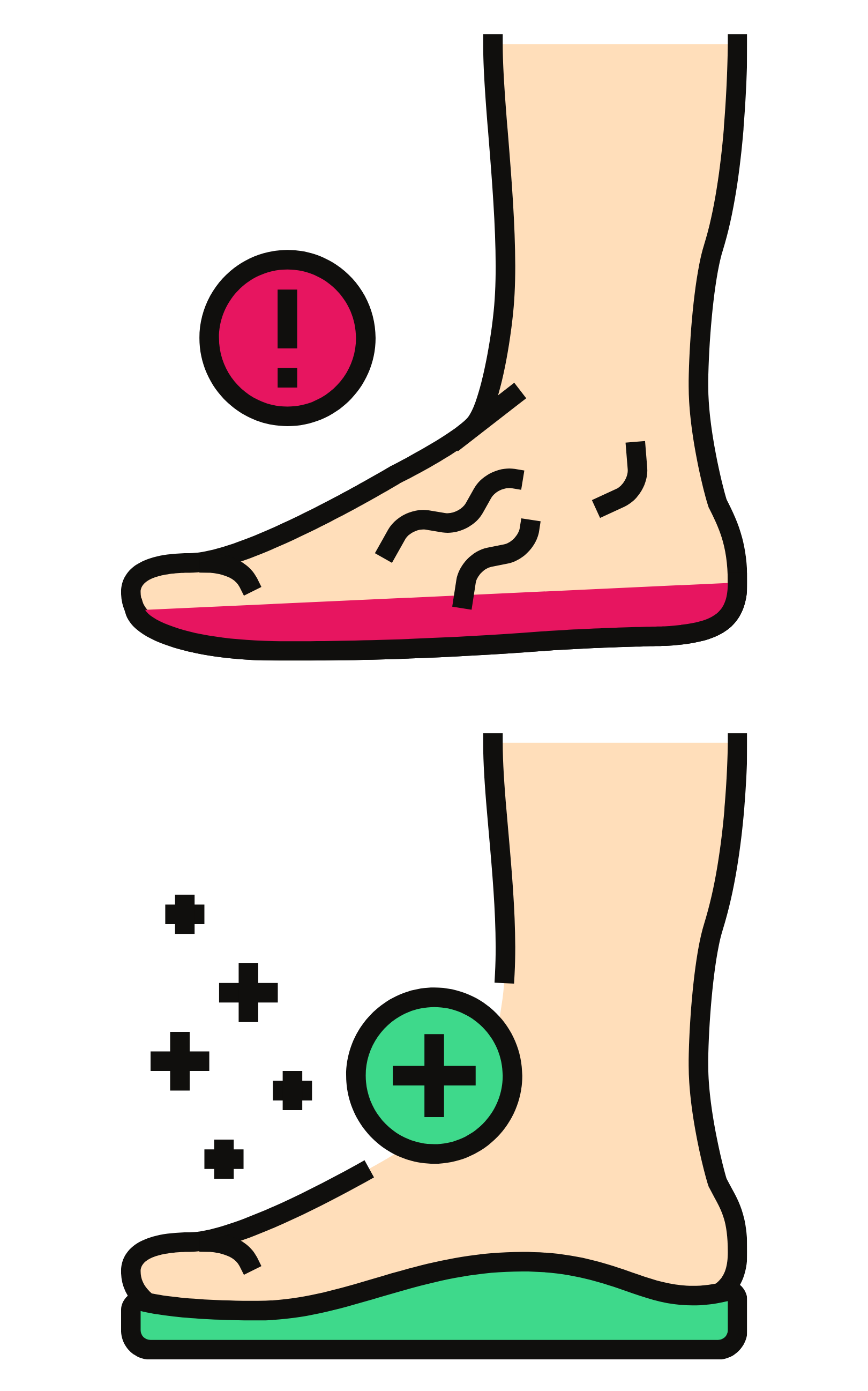Do I need orthotic insoles?

Small glitch, big change
Over the past decade, orthopedic insoles have received increased scientific study, in part, due to increased utilization of orthopedic insoles, which people often use to stop the progression of foot deformities, decrease pain and/or restore impaired foot functions.
Taking a step back, it’s important to get some definitions on the board. An orthopedic insole is a product designed to fit in a shoe, with the purpose of maintaining the correct biomechanical function of the feet.
Every day, our feet are burdened with a load of 1.5x our body weight. It’s our feet that help maintain the vertical position of our body during all upright movements. In fact, the most important function of the foot is to evenly distribute our weight load on the entire musculoskeletal system. Violation of this function leads to a shift in the body’s center of gravity, which can result in a corruption of the musculoskeletal system (spoiled posture, disruption of the muscles, joints and ligaments, etc.).
Typically, people initially get orthopedic insoles because of a “flat feet” diagnosis; often a precursor to most other foot pathologies. Many podiatrists agree that orthopedic insoles (custom, or even generic) can help improve the pain and subsequent complications, related to flat feet.
Some of the causes of flat feet are:
Heredity: congenital weakness of connective tissues;
Overweight: excessive load on the feet (i.e. foot pain during pregnancy is common, due to natural weight game);
Injury: trauma to the soft tissues and/or bones in the foot area;
Shoe selection: wearing shoes with flat soles/little support, and/or wearing high-heeled shoes excessively.
From an evolutionary standpoint, the human foot was designed to walk/run on soft ground, grass, sea sand, pebbles, etc; not hard/flat surfaces like asphalt, concrete and hardwood floors.
Moreover, the foot serves as a spring for the entire musculoskeletal system, reducing load on the joints in the lower extremities and spine. If these load depreciation properties decrease, or are lost, the increased load on the lower extremities can be painful and debilitating. Initially, there is pain and discomfort in the feet, ankles and knees, then diseases can occur that destroy the joints and curvature of the spine.
That being said, the use of orthopedic insoles can be critical in helping to solve the following problems:
- Even distribution of load on the feet;
- Ensuring the rhythm, smoothness and symmetry of a person’s gait, by correcting non-fixed deformities of the feet;
- Reducing the overall load on the musculoskeletal system.
In short, orthopedic insoles can help place feet in the correct anatomical position, which contributes to the balance of our body, which is critical, considering they are the body’s natural foundation.

Should everyone use insoles?
Of course, when we talk about the benefits of orthopedic insoles, we are generally talking about helping those with problematic feet.
People without flat feet or who have minimal manifestations can often lead an active lifestyle, whether it’s running or exercising in the gym, without orthotic insoles; however, even “healthy” feet can be pushed too far.
Yes, most “healthy” feet can adapt well to various stressors, and will actually become stronger due to training, but the risk of “excessive load” is always present.
In cases of excessive exercise, some experts feel that a pair of orthopedic insoles may be beneficial, because they help distribute the load on the foot more evenly, and subsequently reduce potential trauma.
As you can imagine, people with foot problems, who want to keep themselves in good shape, often require orthopedic insoles for both: sports and everyday life.
All in all, the proper use of orthopedic insoles can serve to stop or slow down the manifestation of diseases in the musculoskeletal system, because they can help restore proper foot function, stop the development of foot deformities, and ensure general comfort and well-being.
Sources:
https://pubmed.ncbi.nlm.nih.gov/33904586/
https://pubmed.ncbi.nlm.nih.gov/34413899/